If you’ve ever found yourself squinting at a bubbly jar of flour and water wondering, “Okay, now are you ready?”, you’re not alone. Making sourdough starter is kinda like raising a needy little pet—except this one lives on your kitchen counter and smells a little funky.
So how do you know when your sourdough starter is ready to bake that dreamy, crusty loaf? Let’s break it down, step-by-step, with all the visual clues, smells, textures, and even a few personality traits your bubbly buddy should have.
What Exactly Is a Sourdough Starter?
In case you’re brand new to the game, a sourdough starter is a living culture of flour and water that captures wild yeast and bacteria from the environment. Over time (usually 5–7 days), it ferments, grows, and becomes strong enough to make your bread rise naturally—no store-bought yeast needed.
Think of it as your homemade bread’s personal cheerleader. A slightly smelly, bubbly, and totally natural cheerleader.
Want to experiment with unique recipes? Check out our mouthwatering Three Cheese Sourdough recipe—it’s next-level flavor!
So… What Does It Look Like When It’s Ready?
Here’s a cheat sheet of the exact signs your starter is good to go. (Spoiler alert: it’s not just about bubbles!)
| Ready Sign | What to Look/Smell/Feel For |
|---|---|
| Doubles in Size in 4–6 hrs | After feeding, it should rise a lot. Like, high school growth spurt fast. |
| Bubbles Galore | Look for bubbles throughout the jar—not just on top. They should be small to medium-sized. |
| Slightly Sweet-Sour Smell | Think yogurt meets apple cider vinegar. If it smells like gym socks, toss it. |
| Passes the Float Test | Drop a spoonful into water. If it floats, it’s airy and ready! (If it sinks, wait a bit.) |
| Elastic and Stringy Inside | When you stir it, it should feel like thick, stretchy pancake batter. |
| No Weird Colors or Mold | It should be creamy beige. Gray liquid (“hooch”) is fine—just stir it in. Green or pink? Dump it. Learn more about moldy starters here. |
Day-by-Day Progress: What You’ll See
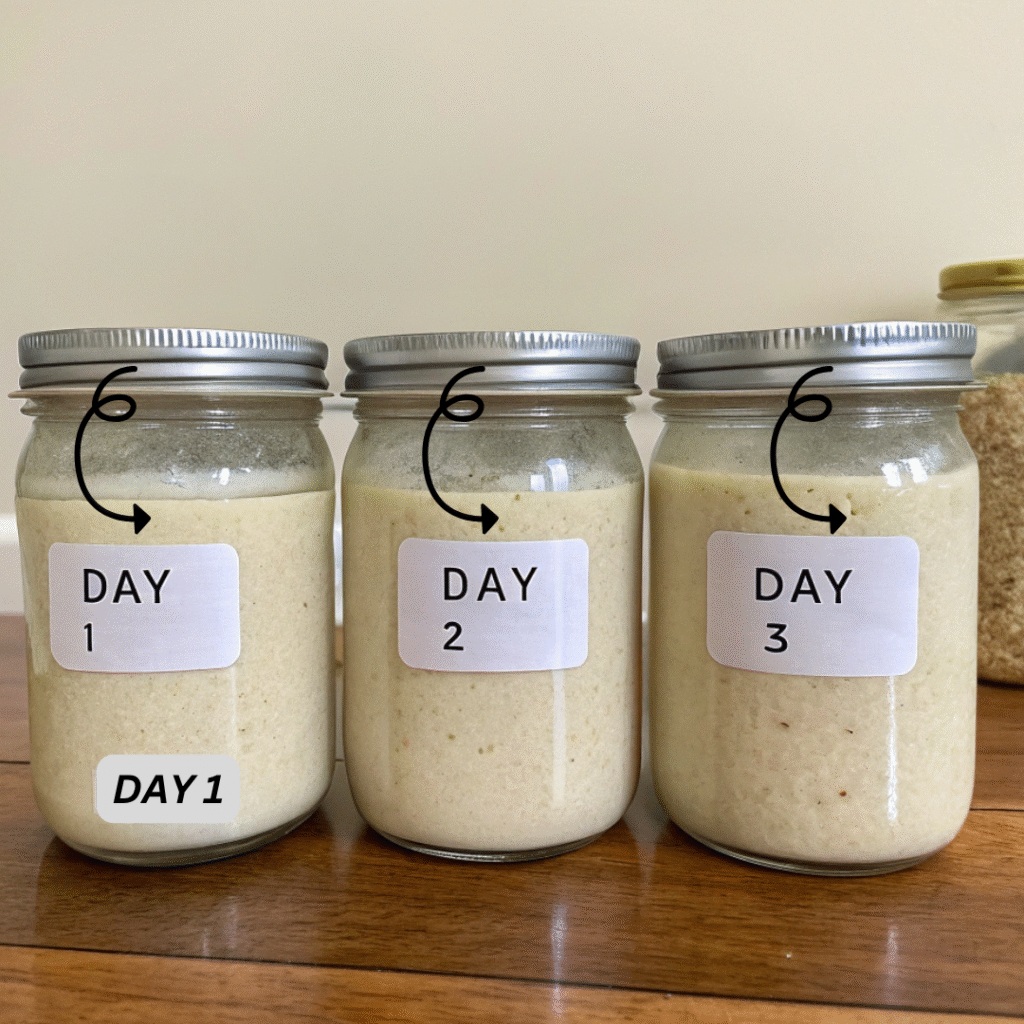
🥄 Day 1-2: “Did I Do This Right?”
It’ll look like pancake batter. Maybe a couple of bubbles. Maybe nothing. Don’t panic.
Pro Tip: At this point, it might smell like wet flour… because it is.
🥣 Day 3-4: “Okay, Something’s Happening!”
More bubbles start to show. It may smell like beer or sour apples. Totally normal.
🍞 Day 5-6: “Wow, This Thing Is Alive”
Your starter should be rising within a few hours after feeding, and doubling in size. It’s officially doing the sourdough thing!
The Float Test: Is It a Myth?
The float test is like the sourdough SATs. You scoop a small bit into a glass of water—if it floats, it’s ready.
BUT (big but)—it’s not the only test. A starter can be ready without floating, especially if it’s thick or you just stirred it. So use it as a backup clue, not the only sign.
Why Isn’t My Starter Ready Yet?
Don’t worry if your starter’s dragging its feet. Here’s a quick table to troubleshoot:
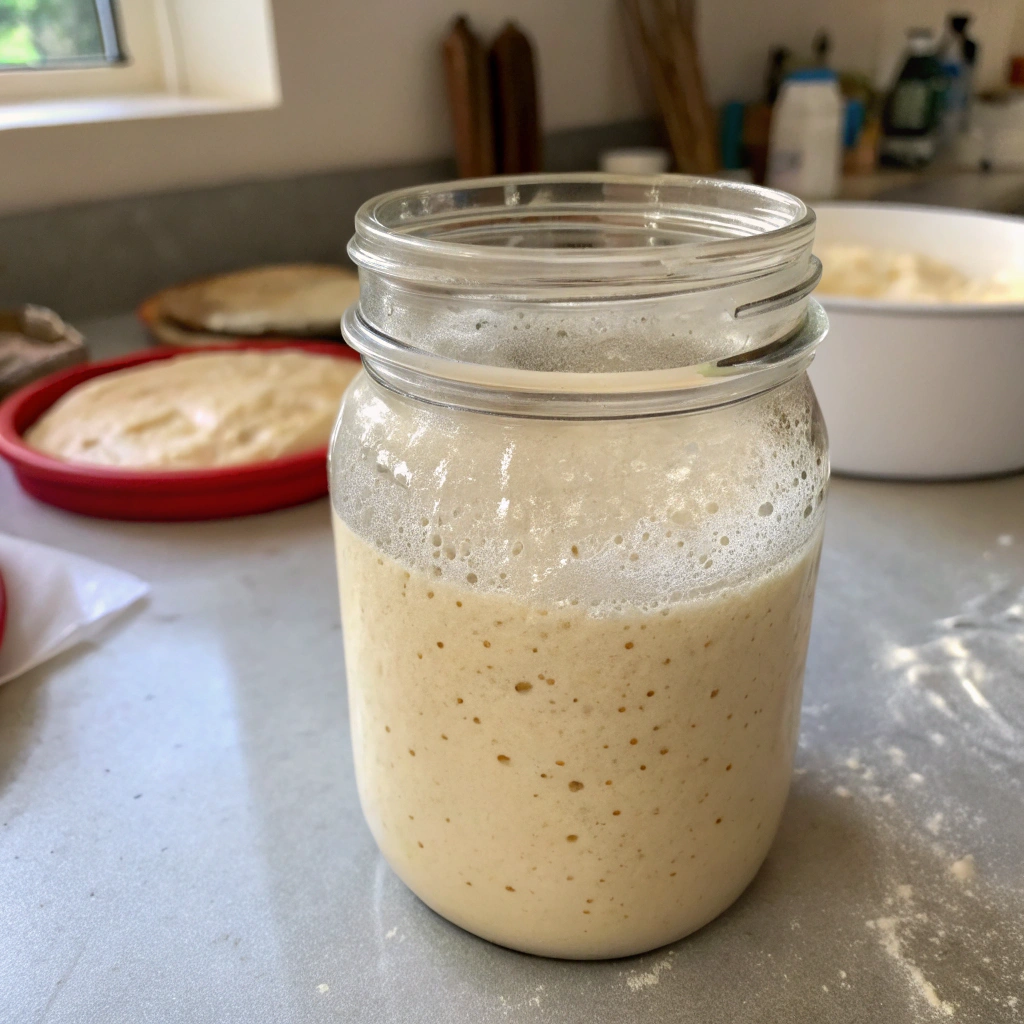
| Problem | Possible Fix |
|---|---|
| Not rising much | Try keeping it warmer (70-75°F is ideal) |
| Sour smell but not bubbly | Use whole wheat flour to jumpstart fermentation |
| Too watery or separated | Reduce water slightly, feed more consistently |
| Grows slowly | Feed it more often (2x daily if needed) |
| Moldy or discolored | Sorry… toss it and start over 😢 |
For more delicious recipes and cooking inspiration, follow me on Facebook and Pinterest!
Real Talk: Don’t Overthink It
Yes, sourdough can feel like a science experiment. But trust me, your starter isn’t grading you. It wants to live. Just keep feeding it, keep it cozy, and eventually, it’ll reward you with beautiful, tangy loaves that make you feel like a kitchen goddess.
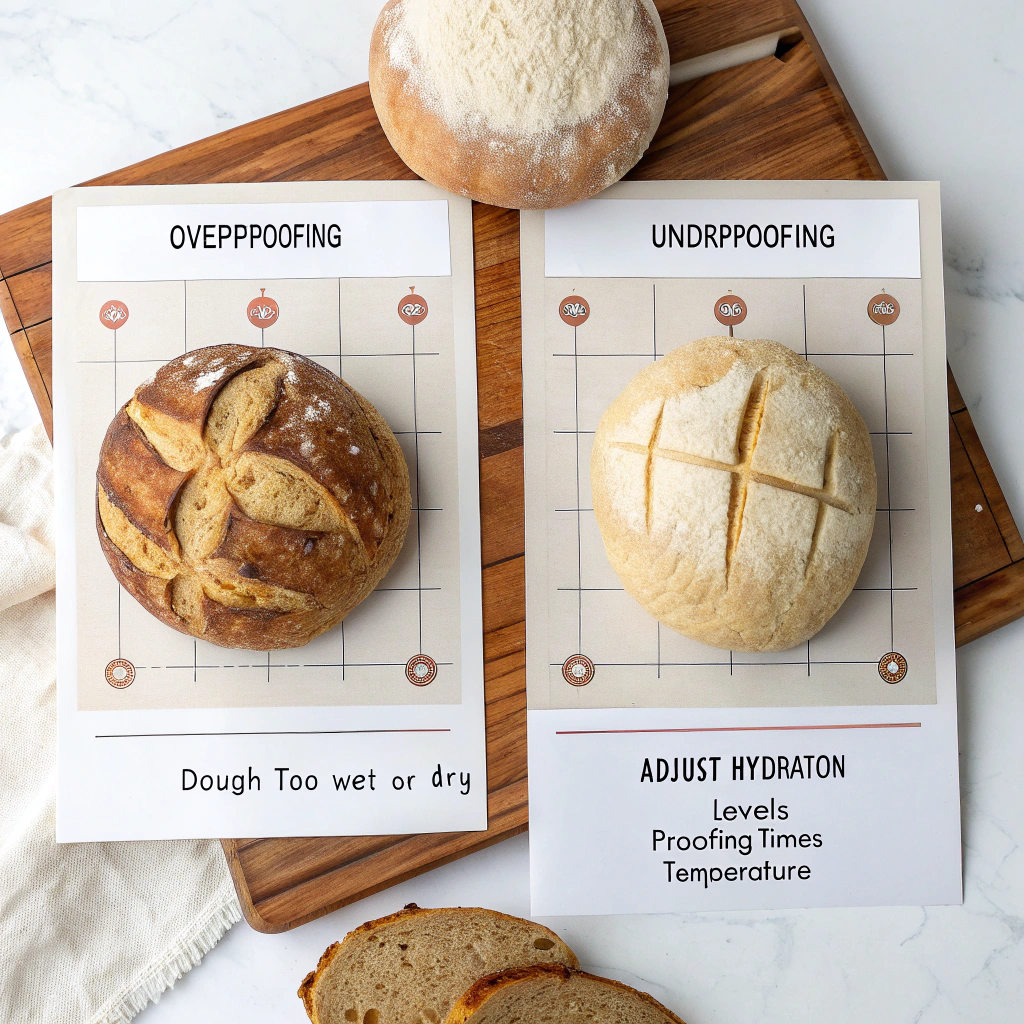
FAQ Time
1. How long does it take for sourdough starter to be ready?
Usually 5 to 7 days, but sometimes it takes up to 10 if it’s cold or your flour isn’t very active.
2. Can I speed it up?
Using whole grain flour (like rye or whole wheat) helps. Warm spots work wonders too.
3. Does it always smell sour?
Yes—but it should be pleasantly sour. If it stinks like death, it’s not healthy.
4. Do I have to use the float test every time?
Nope! Just watch for rise, bubbles, and smell. The float test is helpful, but not required.
5. How often should I feed it?
Once a day at room temp, or once a week if refrigerated. More if it’s extra hungry.
6. What if I forget to feed it?
No worries. Just feed it again—it’s hardier than you think. Unless it smells awful or has mold, you’re still in the game.
Conclusion: Trust the Process, and Your Eyes (and Nose)
Your sourdough starter is a bit like a toddler—it grows in its own time, makes a mess, and you have no idea what it’s doing half the time. But when it finally gets going? Oh baby, that bread is worth it.
So keep an eye on those bubbles, that rise, and trust your senses. Before you know it, you’ll be baking like a champ—and bragging about it, because you totally should.
If you liked this, you’ll also like…
Want to take your sourdough skills further? Start with our complete guide: 7 Essential Steps to Mastering Your Sourdough Starter.
If you’re wondering what a ready sourdough starter should look like or simply how it looks at different stages, we’ve got you covered. You’ll also learn how to feed your starter when it’s in the fridge, how to spot and fix mold issues, and the difference between a liquid starter and a stiff sourdough starter.
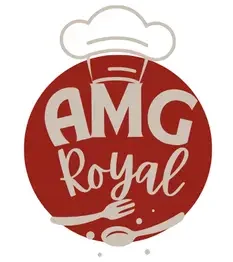
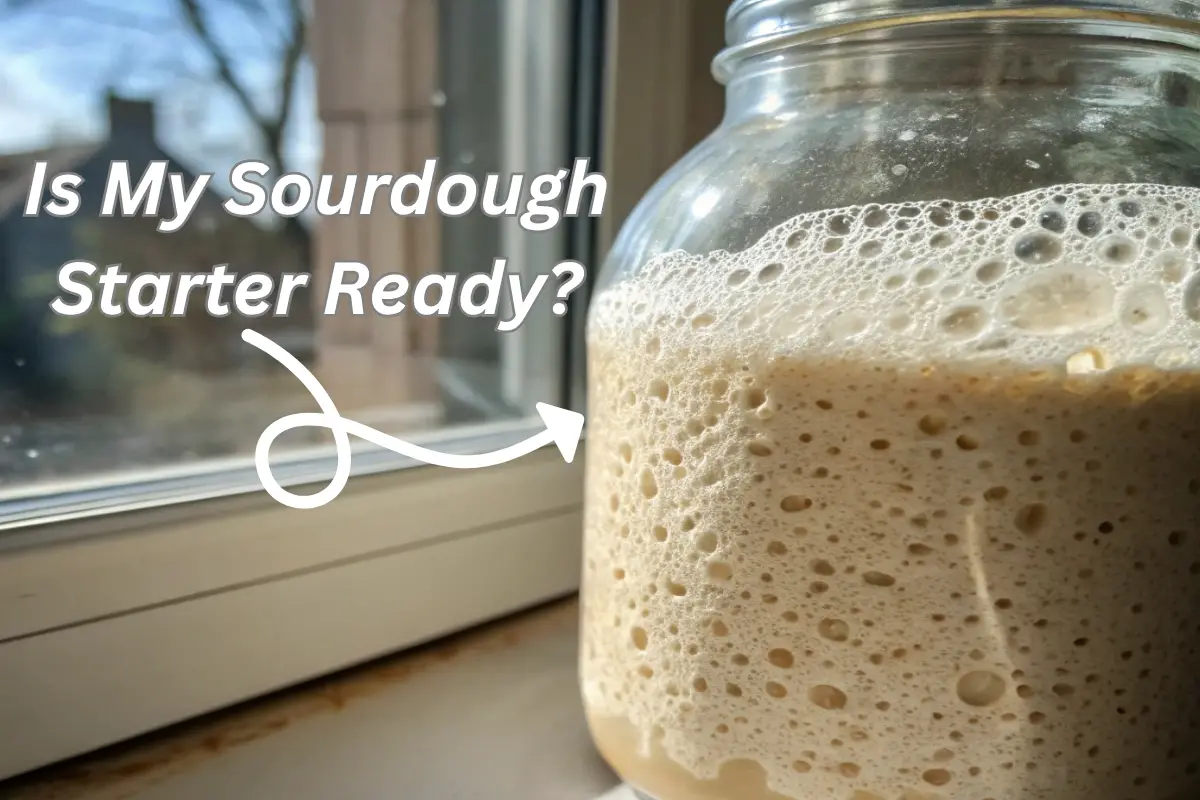




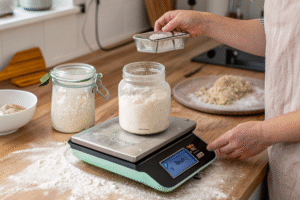
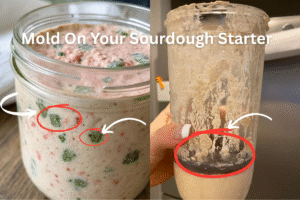
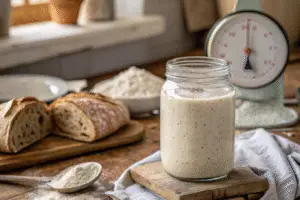
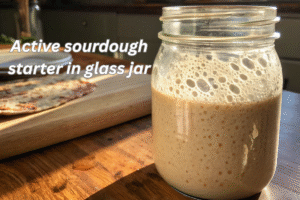
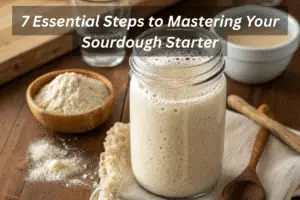
2 thoughts on “Is My Sourdough Starter Ready? Here’s What It Actually Looks Like (With Pics in Mind!)”